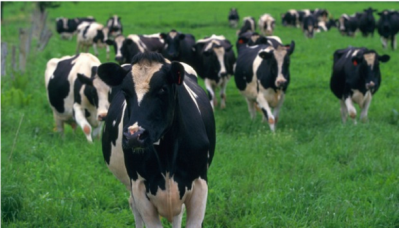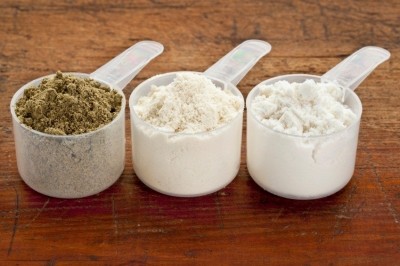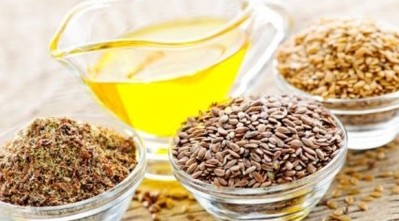Protein trends
Blending soy and dairy proteins adds benefits for consumers, manufacturers, DuPont says

“We are seeing a lot more interest in the marketplace in blending soy and dairy for economic advantages, sensory advantages and nutritional synergies,” Jean Heggie, strategic marketing lead at DuPont Nutrition & Health, told FoodNavigator-USA.
She explained blending soy and dairy in high protein products creates a more neutral flavor than using only one or the other in part because the “blends tend to dull the negative flavor attributes inherent in both soy and dairy proteins.”
This could simplify masking requirements for high protein products and allow intentional flavors to shine in finished products.
Blending the two protein sources also provides nutritional benefits that will help finished products better meet consumer expectations of high protein products, Heggie said.
For example, she said, “certain dairy proteins, such as whey, are quickly absorbed in the body, whereas soy is a slow release protein. So, you can get this sustained release of amino acids to the blood stream with a blend that can provide more post exercise benefits.”
Specifically, research by DuPont showed a blend of when and soy prolonged amino acid delivery twice as long as whey alone. In addition, the muscle net balance with the blend was greater than with whey at 60 and 120 minutes after ingestion, according to the research.
Finally, blending soy and dairy protein can help protect a manufacturer financially against the supply and price volatility of dairy protein, Heggie said.
“Dairy protein prices fluctuate more than soy prices,” and manufacturers cannot always pass the difference on to consumers, Heggie said. Blending in soy is one way to hedge against these changes, she added.
Opportunities for growth
Beyond blends, Heggie sees opportunities for growth in the rapidly increasing protein segment by crossing into children’s and aging adults’ specialty food segments.
Most protein packed products have focused on weight management and sports nutrition, but Heggie says there “will be huge market opportunities in targeting children.”
She explained the evidence is mounting that children are not getting enough protein, which they need to grow.
“There are increasing arguments that getting the wrong balance of protein or not getting it at the right time of day” is hindering children’s development, she said.
In particular, she sees opportunities in adding protein to children’s breakfast foods and healthy snacks – concepts that are support by recently published research.
Heggie added that high protein foods that go beyond bars and shakes may hold more appeal to children. For example, adding protein to cereal or extruded snack clusters.
As for aging adults, she suggest protein-packed products make claims related to muscle retention and maintain an active lifestyle because atrophy is a serious concern among seniors who are not ready to slow down.

















